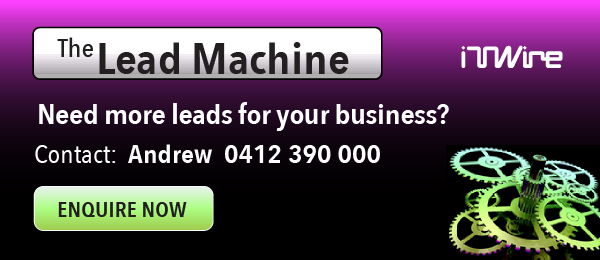Among a variety of user presentations at the Tableau Conference On Tour in Melbourne this week, Intellipharm explained what it's done with Tableau, while amaysim shared some of the secrets of its success.
Intellipharm BI manager Yoann Leny described how his company - which provides data services to retail pharmacies and manufacturers, and operates the Loyalty One loyalty program - can be more agile thanks to Tableau.
The company found it took two to three weeks to develop a new report in PHP, .Net and the other web tools it used. So it realised needed an agile BI platform that allowed collaboration and could be embedded in a business system.
|
|
Intellipharm simply puts content from Tableau Server into a frame on a web page.
Its GroupIQ system comprises 23 modules, and was developed in just three months.
GroupIQ provides a range of analytics. One example is date and time analysis - when do people visit the pharmacy, and what do they buy?
This interactive report shows a tag cloud of categories and suppliers, along with a variety of graphs highlighting when peaks occur. This may prove what pharmacy managers think is happening, or reveal something they hadn't noticed, and can suggest, for instance, when more staff are needed, or reveal good times for suppliers to run in-store promotions.
Custom reports can be developed in two or three days (very different to the two or three weeks without Tableau) if requested by clients. One example shows 'items now out of stock that have been sold in last 30 days'. This reveals problematic suppliers, and helps guide stock levels. BI should be about action, Leny observed.
This agility allows the company to capture new opportunities, he said.
As for performance, there are 100 million rows of data behind GroupIQ, and "it's working pretty quickly."
Australia's largest MVNO amaysim is another local Tableau customer, and BI manager Adrian Loong (pictured) offered some advice about encouraging the broad use of analytics within an organisation.
His experience at three companies is that a good way to engage senior executives is to use Tableau to answer a specific business question (in amaysim's case, an example is 'what part of our channel is activating the most SIMs') and importantly linking that back to financial performance.
He also recommends putting the most important item at the top left of a report or dashboard, giving executives an opportunity to experiment with the system, and to "start small" (perhaps with just one desktop licence) and then "iterate quickly, and deliver business value."
"It's about the insights, not the metrics," he explained.
But it's not just about the top tiers. "Analytics is for everyone," so cultural change is needed, Loong suggested.
So he recommends democratising the opportunity - "you don't have to be an IT specialist to use Tableau" - and showing people what they can do with it. 'Pivot tables on steroids' can be a starting point.
This also requires an understanding the needs of different stakeholders (for example, where senior executives are usually concerned about revenue generation or cost reduction, specialists and more junior leaders may want to streamline the processes that lead to gaining insights).
One problem with extending analytics to a broad user base is the coding work traditionally done by BI specialists doesn't scale, so it is necessary to prepare the data to suppor self-service analytics.
And remember, "you have to celebrate success," he said.





































